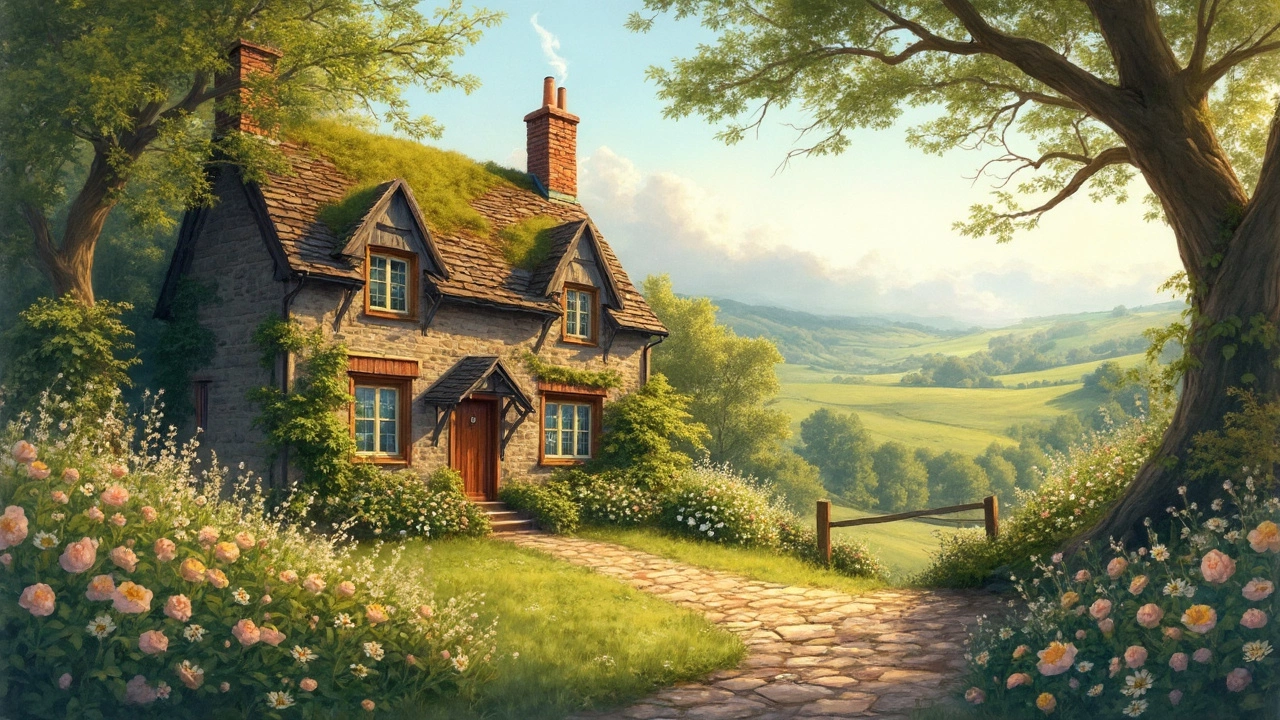
Cottage Origins: What Makes a Real Cottage?
If you’ve ever booked a "cottage" in the Highlands, you might wonder what the word really means. Is it just a small house, or does it have a deeper story? Knowing the origins helps you pick a place that feels authentic, not just a marketing label.
Where Cottages Came From
Historically, a cottage was a modest home built for farm workers in medieval Europe. They were simple structures, often made of stone or timber, with a thatched roof and one or two rooms. The design focused on keeping warmth in and drafts out, because heating was a daily challenge.
Over time, the term travelled to Britain’s countryside and later to places like Scotland’s Loch Ness region. Here, cottages blended local stone, thick walls, and low ceilings to survive the wet, windy climate. The look stayed rustic, but comfort grew – think fire pits, cozy lofts, and modern plumbing hidden behind old‑world charm.
Key Features of a Real Cottage
Today, not every small house is a cottage. To feel genuine, it should have a few hallmarks: size (usually under 1,200 sq ft), material (local stone, timber, or brick), and a layout that feels intimate – often a single living space that opens to the kitchen.
Another tell‑tale sign is the roof style. Slate or thatch roofs are classic, but modern cottages may hide them under solar panels so you still get the look without sacrificing efficiency.
Finally, location matters. A true cottage sits near nature – a loch, a forest, or a hill. That connection to the land is why many travelers choose cottages over hotels when they want a genuine Scottish experience.
When you browse our listings, look for these clues. If a property describes “stone walls,” “loft bedroom,” or “original fireplace,” it’s likely staying true to cottage roots. If it only mentions “cozy” without detail, ask the host for more info.
Why does this history help you? Knowing the background lets you set realistic expectations. You won’t expect a five‑star spa in a true cottage, but you will get a warm hearth, a scenic view, and a sense of stepping back in time.
Planning a stay in a Loch Ness cottage? Check the nearby attractions – walking trails, historic villages, and of course, the famous loch itself. Many cottages offer easy access to boat tours or local pubs, making your stay both relaxing and adventurous.
In short, a cottage isn’t just a small rental; it’s a piece of history you can live in for a night or a week. Spot the authentic features, enjoy the cozy vibe, and let the Highland air do the rest.
